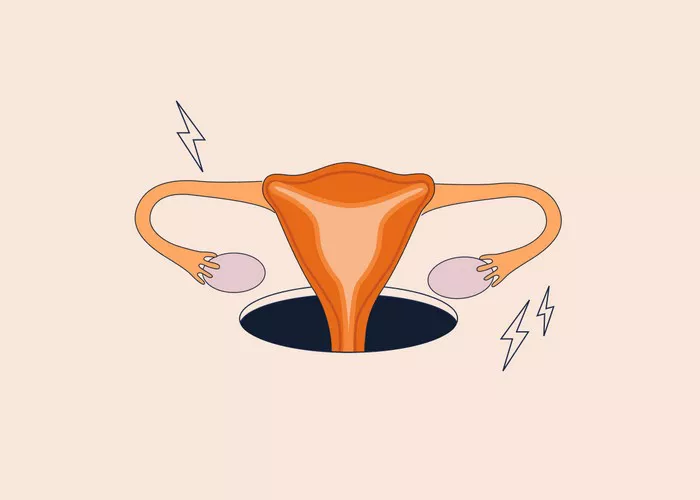Basic Anatomy of Male Reproductive System
The male reproductive system consists of both external and internal organs. Externally, the primary structures include the penis and the scrotum. The penis serves as the organ for sexual intercourse and ejaculation, while the scrotum houses the testes. Internally, the key components are the testes, epididymis, vas deferens, seminal vesicles, prostate gland, and the bulbourethral glands. The testes produce sperm and testosterone, while the other structures aid in sperm transportation and semen production.
Physiological Functions of Male Reproductive System
The primary function of the male reproductive system is the production and delivery of sperm for fertilization. Spermatogenesis occurs within the seminiferous tubules of the testes, where immature sperm cells undergo maturation to become spermatozoa. These sperm cells are then stored and transported through the epididymis, vas deferens, and ejaculatory ducts, where they mix with seminal fluid from the seminal vesicles, prostate gland, and bulbourethral glands to form semen.
Fertilization Process in Females
In females, the reproductive anatomy includes external structures such as the vulva and internal organs such as the vagina, cervix, uterus, fallopian tubes, and ovaries. The ovaries produce ova (eggs) through the process of oogenesis. During ovulation, a mature egg is released from the ovary and travels down the fallopian tube towards the uterus. Fertilization typically occurs when a sperm cell penetrates the egg in the fallopian tube, forming a zygote. The zygote then implants itself in the uterine lining, leading to pregnancy.
Hormonal Regulation in Reproductive Processes
Hormones play a crucial role in regulating reproductive functions in both males and females. In males, the hypothalamus secretes gonadotropin-releasing hormone (GnRH), which stimulates the pituitary gland to release luteinizing hormone (LH) and follicle-stimulating hormone (FSH). LH stimulates the testes to produce testosterone, while FSH regulates spermatogenesis. In females, GnRH stimulates the pituitary gland to release LH and FSH, which regulate the menstrual cycle, ovulation, and hormone production by the ovaries.
Common Reproductive Health Disorders
Despite the complexity and resilience of the reproductive systems, various health disorders can affect fertility and reproductive function. In males, conditions such as erectile dysfunction, infertility, varicocele, and testicular cancer can impair reproductive health. In females, disorders such as polycystic ovary syndrome (PCOS), endometriosis, pelvic inflammatory disease (PID), and ovarian cysts can affect ovulation, fertilization, and pregnancy.
Preventive Care for Reproductive Health
Maintaining reproductive health requires proactive measures to prevent disorders and promote overall well-being. Both men and women can benefit from regular physical activity, a balanced diet, avoidance of tobacco and excessive alcohol consumption, practicing safe sex, and regular screenings for reproductive health issues. For couples planning to conceive, preconception counseling and genetic screening can help identify potential risks and optimize fertility.
Recent Advances in Reproductive Health Research
Recent research in reproductive health has led to significant advancements in assisted reproductive technologies (ART), such as in vitro fertilization (IVF), intracytoplasmic sperm injection (ICSI), and preimplantation genetic testing (PGT). These technologies offer hope to couples facing infertility or genetic disorders by enabling them to conceive and have healthy offspring. Additionally, ongoing studies aim to improve contraceptive methods, understand the genetic basis of infertility, and develop targeted therapies for reproductive disorders.
Conclusion
Understanding the male and female reproductive anatomy, physiological functions, fertilization process, hormonal regulation, common health disorders, preventive care measures, and recent research advancements is essential for promoting reproductive health and addressing reproductive issues. By staying informed and proactive about reproductive health, individuals can optimize their chances of conception, maintain overall well-being, and contribute to the continuation of the human species.






















